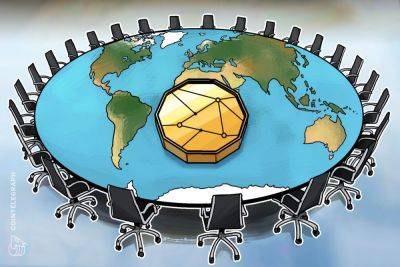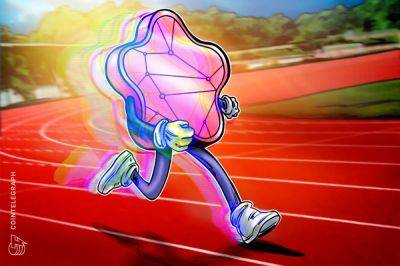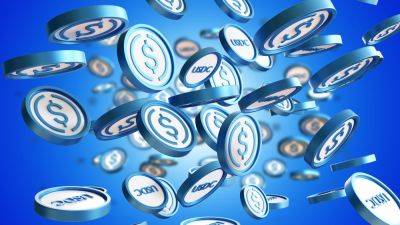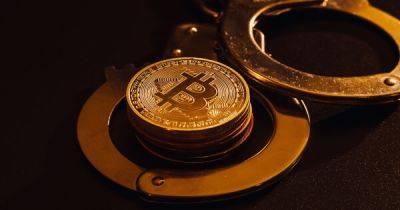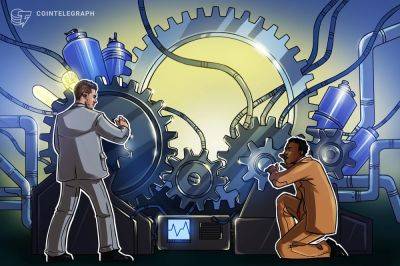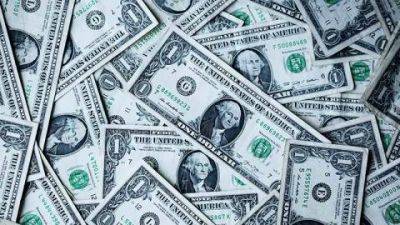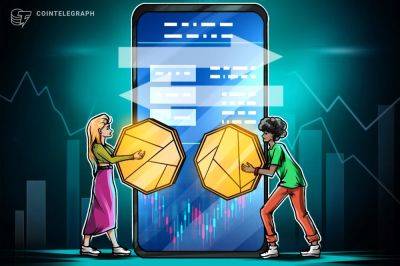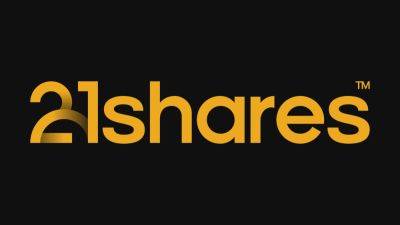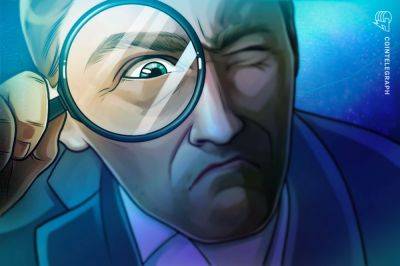Unlocking value: Exploring the integration of NFTs and physical assets
NFTs have changed our understanding of digital assets since gaining more mainstream attention in recent years. With this, the relationship between NFTs and physical assets has also emerged as an intriguing and innovative use-case for this technology.
Unlike cryptocurrencies such as Bitcoin or Ethereum, which are fungible and can be exchanged on a one-to-one basis, NFTs are unique digital tokens that represent one-of-a-kind items or assets. While NFTs are predominantly associated with the digital space, they can also be linked to physical assets through tokenization, thus bridging the gap between the virtual and physical worlds. This link has introduced new possibilities and use cases for NFTs that extend beyond the digital realm.
To put it simply, tokenization is when assets are represented by digital assets on the blockchain (such as when that NFT represents a physical asset). When an NFT is representative of a physical asset, it means that the NFT serves as proof of ownership for that physical item. Typically, the physical asset can be any unique item of value, such as artwork, real estate, luxury goods, collectibles or even event tickets.
The NFT associated with the physical asset contains information and metadata that uniquely identifies it, including details about the asset’s origin, authenticity, ownership history and more. This can help combat counterfeiting, protecting intellectual property rights and ensuring the assets are trackable throughout their lifecycle.
There are several additional advantages to this, including fractional ownership. This is when multiple individuals have the ability to own a stake in the asset through purchasing a fraction of the NFT. This increases its accessibility and diversification as
Read more on cointelegraph.com







